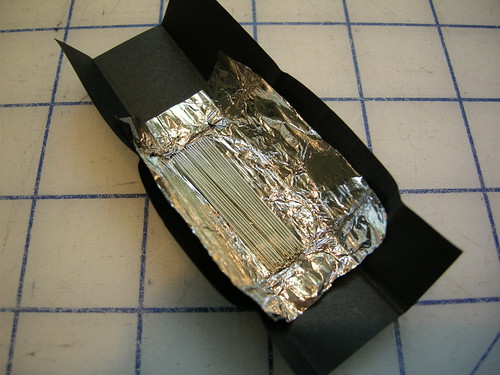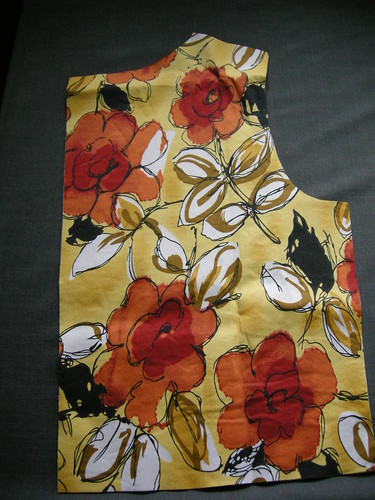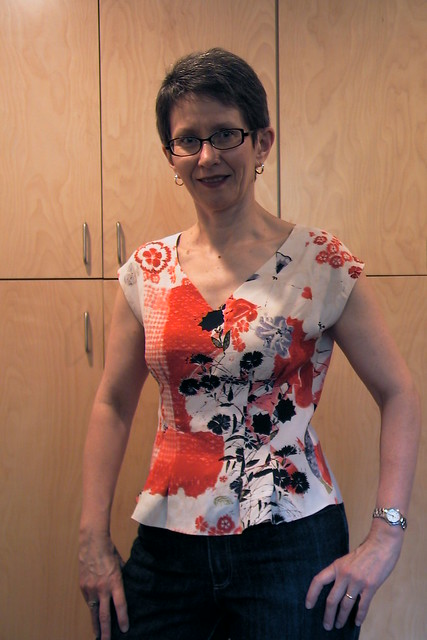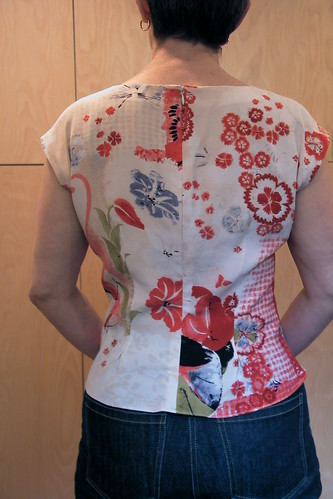The Sewing Lawyer is pleased to present to you ... (drumroll) ... her grey summer suit.
Happily, it does fit. And it seems comfortable enough. The jury is out on whether it will be easy to wear.
The last jacket that The Sewing Lawyer made with a peplum was definitely NOT easy to wear.
 It was her attempt to fix the Hot Patterns jacket pattern known as the Metropolitan Jacket. You can read the whole long, sad saga here (if you are a paying member of PatternReview). She sweated and swore at that thing for what seemed like months. Come to think of it, it really was months, And then she hardly ever wore it. Too fussy. Not The Sewing Lawyer's style. Or something.
It was her attempt to fix the Hot Patterns jacket pattern known as the Metropolitan Jacket. You can read the whole long, sad saga here (if you are a paying member of PatternReview). She sweated and swore at that thing for what seemed like months. Come to think of it, it really was months, And then she hardly ever wore it. Too fussy. Not The Sewing Lawyer's style. Or something. It (and its matching skirt and pants) have been donated. I hope someone is enjoying them. A lot.
Back to Vogue 8718. I feel cautiously optimistic about it. It isn't gathered. I like its lines. I still really like the sleeves, which are sort of puffed but not at all in the same way as the HP jacket. I think with time I can get over the fact that the fabric (very thin, hard surfaced wool suiting with a slight sheen) is really hard to press, so there are apparent wrinkles and puckers everywhere if you look really closely. This is one of those problems that may well disappear in the closet, if given enough time. (You know, those sewing flaws visible only to the creator...)
 So... what else to tell you about this? How about some more photos?
So... what else to tell you about this? How about some more photos? The princess seams of the skirt (which is the same as many other skirts in The Sewing Lawyer's closet, a true TNT pattern) are more or less in the right place in the front to flow on from the pleated peplum. I notice that in the back, they are too widely-spaced. Oh well. As I showed you before, the major seams are edgestitched and topstitched because double lines of heavy topstitching thread are an interesting contrast to the extremely smooth fabric. I think that was a good call.
The princess seams of the skirt (which is the same as many other skirts in The Sewing Lawyer's closet, a true TNT pattern) are more or less in the right place in the front to flow on from the pleated peplum. I notice that in the back, they are too widely-spaced. Oh well. As I showed you before, the major seams are edgestitched and topstitched because double lines of heavy topstitching thread are an interesting contrast to the extremely smooth fabric. I think that was a good call. The pattern called for four medium-sized (3/8", or 9mm) snaps to close the jacket. I disagreed. Snaps would be bumpy, and very visible on the underlap side when the jacket is not closed. Covering them to make them less obvious would have made them prone to opening spontaneously. The jacket did not need a closure below the peplum seam (which is slightly above the natural waist). So I sewed on three hooks, on the overlap side, and made thread bars for the underlap. Here are some photos.
 I am very happy with how this solution works. The thread bars are worked with a sort of button hole stitch, over about 4 foundation stitches. I used the heavy topstitching thread which is a good colour match. The hooks are ugly but they are under the overlap side so cannot be seen.
I am very happy with how this solution works. The thread bars are worked with a sort of button hole stitch, over about 4 foundation stitches. I used the heavy topstitching thread which is a good colour match. The hooks are ugly but they are under the overlap side so cannot be seen. As you can see (or not) in the photo below.
Other construction notes.
I found the sleeve hem opening was much too wide. I narrowed the under-sleeve seam by approximately .75" (2 cm) on each of the front and back sleeve for a total narrowing of double that amount on each sleeve. This is perfectly fine, and I don't think my arms are unnaturally slender.
I am really happy that I used stout ribbons to pleat the sleeves instead of following the pattern instructions, which were to sew the lining pieces to the upper sleeve before pleating, and then fasten the outer sleeve to the sleeve lining to create the pleats. I just do not think that lining fabric is strong enough to support the sleeve pleats. Plus, using a ribbon allows you to get the pleating right before the jacket is totally lined.
The only dedicated lining pieces are for the sleeves. Otherwise, Vogue instructs to cut the lower and upper CF pieces as facings out of the fashion fabric (as you can see above), and the rest of the body pieces out of lining fabric. In retrospect, I wish I had thought to make a CB piece with a lining pleat, and to add a touch of length to the lining, for ease purposes. As it is, I sewed the lining with slightly smaller seam allowances, and hand-felled the lining at the waist with a seam allowance of maybe 1.2cm (1/2") to give a bit of ease in the length. Using the same pieces for lining risks having a lining that is too short/tight and will pull on the fashion fabric, disturbing the line of the garment.
The other truly weird thing about the Vogue instructions relate to the collar. This is TMI unless you are puzzling through the pattern instructions, but I mention it here in case anyone out there in blogland is sewing this jacket. They say to sew the facing/lining layer to the jacket body before the collar is sewn on i.e. leaving an opening for the collar, and then to sew the collar on with the outer SA pressed up to the inside, and to hand-fell the collar to the jacket side. I could not for the life of me figure out why... Too complicated and risks a truly Becky-Home-Ecky and bulky look. I sewed the collar, ignoring the instructions to press the lower SA up on the outer collar layer. I first topstitched the collar, and then attached it to the jacket shell before attaching the lining. I finally sewed the facing/lining to the jacket/collar at CF/neck from one peplum seam to the other in one pass, enclosing the collar seam (which had to be trimmed). Just ignore Vogue. Sorry I took no pictures of this. If you have questions, ask in the comments and I'll do my best to explain further.
One more thing - I used a fusible tape to snug in the CF edge by maybe 1cm (3/8"). Even though the lower CF piece is more or less on grain, and the upper piece is fully fused, and even though I was reasonably careful with the iron, I found this edge stretched out when I was pressing the seam attaching the facing/lining to the jacket. This was a little in-progress retrofit.
I do like the sleeves. Very much.



































